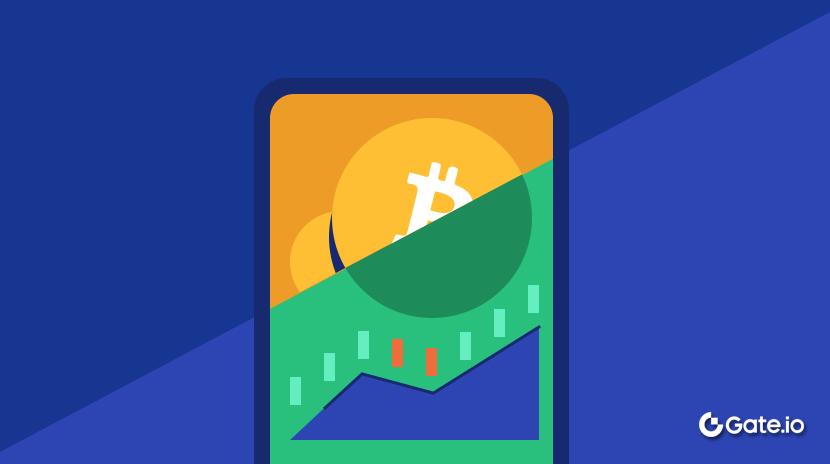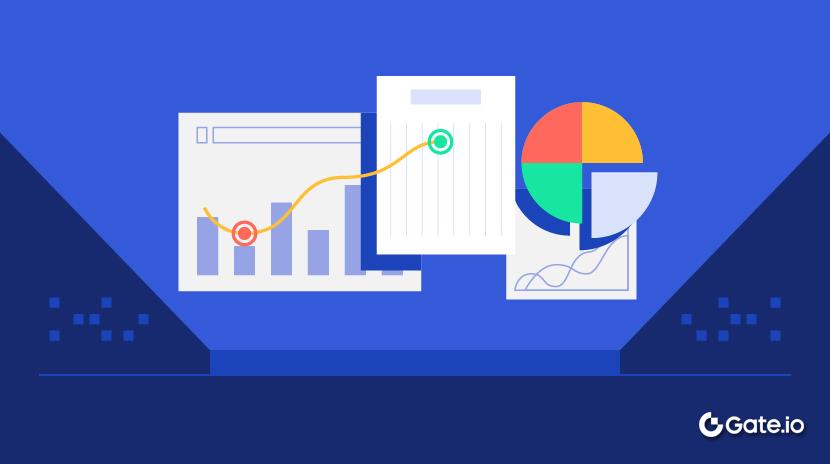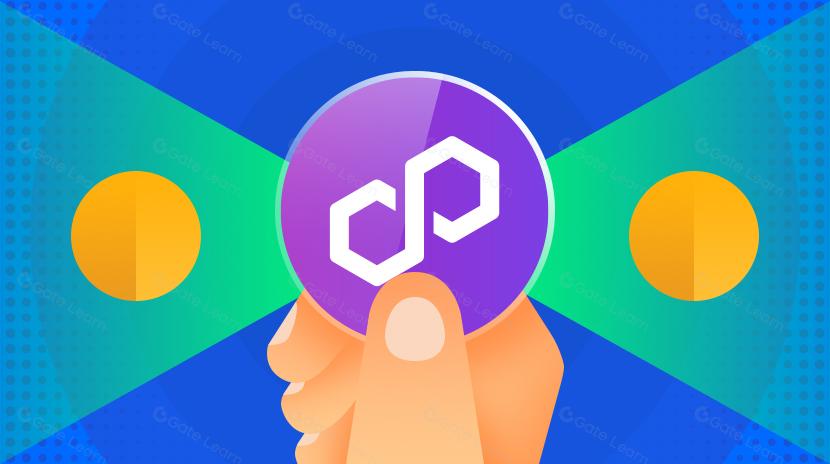個人投資家の罠を避けるために真正性を受け入れる
著者は、多様で信頼性の高い情報を収集することの重要性を強調し、単一のチャンネルやインフルエンサー(KOL)に過度に依存することや誤情報に注意するよう助言しています。彼は業界での偽のトラフィックの増加問題を強調し、「トラフィック中毒」に陥らないために、本物のユーザー影響力に焦点を当てるよう促しています。AIの人気の背景にある中、著者はオリジナルのアイデアに重点を置き、新しいコンテンツを作成し、観客を魅了することを提唱しています。結論として、著者は、真の相互利益関係を築き、私たちの時間を大切にし、常に取ることなく与えることを避ける必要性を強調しています。著者は、2025年にパートナーと協力し、より意義のある創造的なコンテンツを作成することを楽しみにしています。元のタイトルを転送する:2025年における真実性の追求:真の情報、真のユーザー、真の創造、真のつながり
市場のトレンドや話題に駆動され、2025年に向けてみんなが興奮しているようです。プロジェクトチーム、個人投資家、KOL、VCなど、みんなが大きな動きに備えています。
私もこの中の一部ですが、注意深くなり始めました。みんなが一生懸命押しているときに、私はどうやって勢いに押し流されずに済むのでしょうか?
2024年を振り返ると、2025年に私が関わるすべてのことが本物であり、産業に真の価値をもたらすことを望んでいます。
真実の情報:情報の繭があちこちにある。私たちが求めるのは、もっと情報ではなく、真実の情報です。
一つの情報源に頼らないでください。
今年は、アメリカの選挙が本当にそれを実感させてくれました。Polymarketだけを見ていると、いつもトランプが勝っていると思ってしまいますが、中間のキャンペーンの変動が予想外のことになるかもしれません。
特定の党派メディアに頼るだけでは、ハリス氏にまだチャンスがあると思うかもしれません。しかし、Twitterに目を向けると、トランプ氏の勝利を予測する投稿が溢れていることがわかります。
情報には本質的に正しいか間違っているかはありませんが、それぞれの情報源にはその限界があります。
したがって、プロジェクトのブズや評判を単にTwitterだけで評価する際には、オンチェーンデータやコミュニティの議論をチェックし、他者と交流することも重要です。
より多様な信号を得るためにソースを広げてください。
KOLバイアスを避ける
今年、AI16zに関する議論が本当に私に残りました。そして、始めからそれをフォローすることになりました。
良い点と悪い点がありました。例えば、創業者の率直な発言は初期に多くの人々が投資について心配する原因となりました。また、AnsemやHimといった著名なKOLはAI16zについて公然とFUDを広めました。
eliza/Elizaの大文字化の議論に関して、異なるKOL(キーオピニオンリーダー)は非常に異なる意見を持っています。
「Eliza」と「eliza」のキャピタル化に関する議論中、異なるKOLたちの意見は大きく異なっていました。プロジェクトを批判することや意見の相違は普通ですが、それらの意見が論理的な根拠を失い、感情的または固定化すると、偏見になります。
この期間中、AI16zに好意的な人にだけ従った場合、プロジェクトの問題が重要でないと思うかもしれませんが、売り込みの圧力にも対処しなければなりませんでした。
同様に、AI16zを恐れていたKOLにだけ従っていれば、プロジェクトがどれだけ改善しても、ネガティブな情報しか得られず、大きなリターンの機会を逃してしまいます。
インフルエンサーは正しいわけでも間違っているわけでもありません。それらは単なる情報の繭です。
品質は異なりますが、彼らは個人であるため、しばしば固定された意見や偏見を持っています。したがって、プロジェクトを調査する際には、本当に深い研究を行った周りの人々を見落とさないでください。
陰謀論に注意し、聞く“うわさ”は通常、“損失ニュース”にすぎません。
私の友達の多くがツイッターで共有していますが、80%以上の「ゴシップ」は彼らに損失をもたらすことになっているそうです。
私も同じです。これは悪意を持ってこの「ゴシップ」を共有しているわけではありません—ただ、私たちはみんな同じゲームの一部なのです。
情報が本物かどうかわかりません(実際にポンプされるのか);
有効性を知らない(どこに行くか)。
あなたはそれを聞いた人の数を知りません(買いポイントが十分に低いかどうか);
.....
この情報が歪められる可能性が非常に高いため、あなたの手元に届く頃には「損失を出すニュース」になっている可能性が高いです。
実際のユーザー:偽のトラフィック増加を拒否する-トラフィックは重要ですが、中毒にならないでください
私たちの業界のトラフィックはますます偽物になっており、私たちが本当に必要なのは真の影響力です
Twitterのフォロワーやウェブサイトの訪問、AMAへの参加など、偽のトラフィックが増加し、\"トラフィック販売\"サービスの産業全体を支えています。
私は自分の仕事でこれをより明確に見ています。
業界に不慣れな多くの人々は、そのトラフィックに基づいてメディアの価値を判断するために、第三者のツールを使用してメディアとの取引がどのくらい価値があるかを評価します。
これにより、「ビジネス」を生成するために「トラフィックの購入」という広範な実践が行われるようになりました。これは、すべての業界で見られるトレンドです。
しかし、「購入したトラフィック」は実際の影響をもたらしません。
このトラフィックから生み出される「ビジネス」はしばしば意味のある結果につながらないことが多い。
このサイクルで:
プラットフォームは、見かけの影響力を高めるためにトラフィックを購入します。
プロジェクトチームは、自分たちの仕事が影響を与えていることを証明するために、魅力的なトラフィックが必要です;
プラットフォームはお互いに競争し、トラフィックの購入コストを引き上げています;
トラフィックが増加し、表面的な結果が改善し、産業は偽のブームに入り、実際には富が「トラフィックサービスプロバイダー」に移行するだけです。
この現象を「TrafficSick」と呼んでいます。一度引っかかると、抜け出すのは難しいです。

真の影響力をどのように評価できますか?
実際の人々と関わり、業界のさまざまな人物とつながり、特定のコンテンツを見たかどうか、意見は何かを尋ねてみましょう。
これが私が昨年、数多くのイベントに参加した理由でもあります。異なる人々と直接出会い、アイデアを交換することで、他の人々が私たちをどのように理解しているのか、現在何が話題になっているのか、コミュニティ全体の雰囲気はどうなのか、ユーザーが本当に興味を持っているコンテンツは何かを理解することができました。
本物の影響力と真のフィードバックが私たちをポジティブなサイクルに導くものです。
低いトラフィックを気にしないでください - まずは小さな感情的なニッチコミュニティを築いてみてください。
広告業界での私の経験から、私は一つのアイデアに強い影響を受けました:
誰もが特定の基本的な特性を共有しているため、あなたが何をしているにせよ、それが本当にあなたを動かし、深く信じているものであれば、世界のどこかで必ず同じように感じている人がいます。
音楽を聴くようなものです。「ニッチな音楽」というのは相対的な概念のように思えるかもしれませんが、それには常に聴衆がいます。
市場の観点からは、重要な問題は単純です:
1) あなたは本当に興奮し、共感することをしていますか?
2) それを十分に広げましたか?
Web3において、私たちの市場は成長しているものの、喜ばしいことに私たちのトラフィックはまだ集中しています。ユーザーの所在地、使用しているソーシャルプラットフォーム、競合他社など、簡単に追跡することができます。
Loyal Member must be attracted by one of your “extreme concepts, ideas, attitudes”, etc. Once you find them, they’ll come to you and start forming a community.
多くの人数は必要ありません。数十人の熱心なユーザーの方が何万人もの影響を与えることができます。ですので、低いトラフィックを気にするのではなく、私たちの取り組みが本当に人々を惹きつけることに焦点を当てるべきです。
リアルクリエーション:AIがすべての人にとって一般的な創造的ツールとなると、どのようなコンテンツが本当に人々の注意を引きつけるのでしょうか?
今年、AIエージェントや類似の概念についての話題に加えて、AI自体もツールとして私たちの生産性を大幅に向上させました。しかし、一般的な批判として、そのコンテンツが過剰に「AI生成」された感じがするという点があります。
気づくかどうかに関係なく、あなたは気づき始めます:
見ているコンテンツはより均質化しており、フレームワークと論理的な推論はより似ており、参照の源はますます似ており、研究コンテンツは増えています(なぜなら、今はより簡単に作成できるからです)。
一部のコンテンツプラットフォームがAIを使用して、コンテンツを生成し、データベースを拡大し、SEOを実行し、トラフィックから利益を得ていることを知っています。
しかし、最終的には、ユーザーはこれに疲れを感じるでしょう。
AIが創造的なツールとして広く使われるとき、どのようなコンテンツが際立つのでしょうか?私は2つの重要な要素があると思います:
アイデアに集中してください。自分自身の視点を持ち、作成するコンテンツに独自の視点を持ち、伝統的な枠組みを打ち破り、新しい視点から物事に取り組んでください。
新しいものを作り出してください。人々は常に見たことがないものに引かれます。創造性は論理に従う必要はありません。アイデアの自由な組み合わせであり、何か「今まで見たことのないもの」です。
既存の素材を単に整理するのではなく、新しいコンテンツの作成に重点を置くべきです。
リアルコネクション:時間は貴重です、無駄にしないでください。
健全で長期的な関係は相互利益に基づいており、片方向的な利用ではありません。
あなたの仕事の価値を理解していない人は、継続的に「お願い」をしてくるでしょう;
他人や地域に対してけちな人は、あなたの貢献に対する報酬を共有することに快く同意しないでしょう。
2025が近づく中、みんなが大きな動きをしようとしている中、私は「与えないで、ただ受け取るだけ」の人になりたくないのです。
今年、私の犬がとても病気になり、彼女の世話にたくさんの時間を費やしているうちに、私は彼女の基本的なニーズ、例えば適切な時に彼女に餌をやること、自分の感情的なニーズを満たすことを考慮せずに彼女から感情的な価値を常に得ていたことに気付きました。

多くの人々の時間は今年貴重です。助けを求めることを恐れないでくださいが、与えることなく受け取らないようにしてください。
真のつながりは相互利益に基づいて構築されます。
何かを決めたら、引き返すことはありません。今年は私たちの取り組みに対してこのような姿勢を持つべきです。
自分が信じていることに全力を尽くし、自分を薄く広げすぎず、常に次のチャンスがあると思い込まないでください。
これは2024年の反省と2025年の希望です。
最後に、2024年にTechflowと協力することを選んでくれたすべてのパートナーに感謝し、2025年はより有意義で創造的なものを生み出すために一緒に頑張りましょう。
ここまで読んでくれた方々に、信じることに報いのある2025年をお祈りします。
明けましておめでとうございます!🎉
免責事項:
関連記事


定量的戦略取引について知っておくべきことすべて


PolygonScanとは何ですか?そして、それをどのように使用できますか?(2025年の更新)

ゲートペイとは何ですか?


